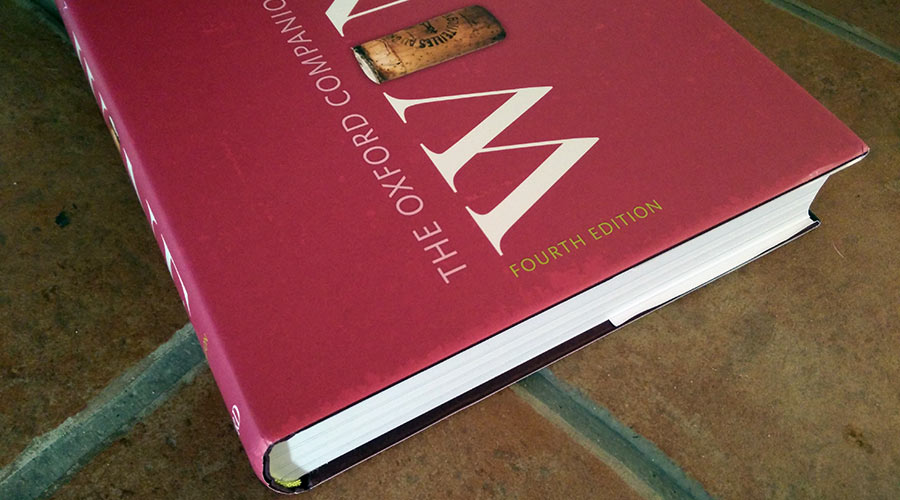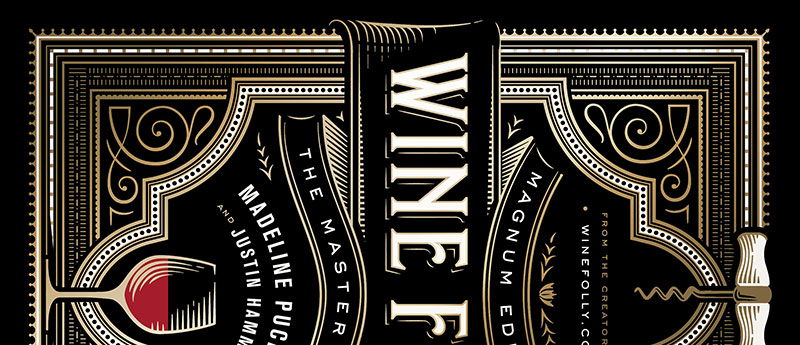Not terribly long ago, I reviewed the second edition of Neel Burton’s foundational tome on tasting wines blind. Towards the end of 2018, he brought out a revised third edition which probably makes anyone with the second edition ask, should I pick this up? My gut reaction would be “yes” but it depends a lot on who you are and what you’re looking for. There was a seismic shift in terms of content and approach between the first and second editions so that the second edition really a necessary book […]

